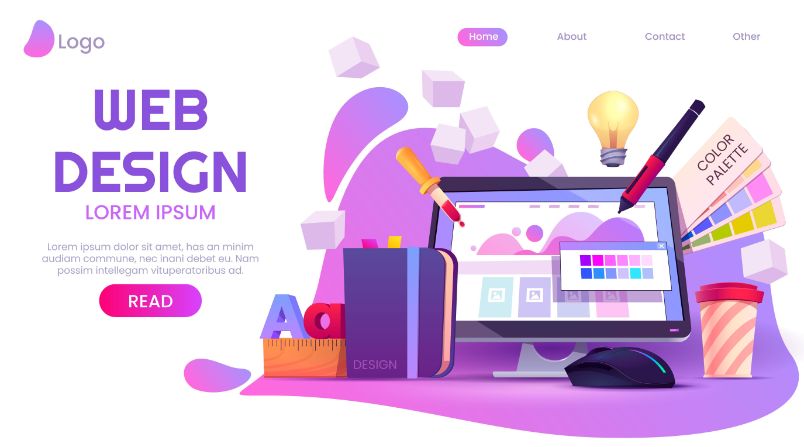In today’s highly competitive digital landscape, customer retention is crucial for the long-term success of any business. With a plethora of online shopping platforms, customers now have endless choices to choose from, and in all this competition, it becomes very difficult to make customers visit back.
It is equally difficult as acquiring new customers. However, one thing that can help you in all this, is an attractive, intuitive, and functional website design. The way your website is designed plays a significant role in creating an engaging and user-friendly online experience that encourages customers to stay and return.
So, the question is, what makes a web design interesting and engaging? Below in this article, we are going to cover the top 4 best practices to design your website and keep customers coming back.
Responsive and Mobile-Friendly Design
With the increasing use of mobile devices, having a responsive and mobile-friendly website is no longer an option; it has become a necessity. It is seen that most of the website traffic comes from mobile devices, so if your website is not optimized for these devices, you are just losing a lot of customers.
When your website is responsive and mobile-friendly, it provides a consistent and enjoyable browsing experience across all devices, including mobiles and tablets. To achieve this, you will have to avail the services of a reputed UX design agency that has the right web designers and artists by their side.
Streamlined Navigation
When visitors come to your website, they instantly start looking for navigation options to explore other pages of your website. This can include services pages, product pages, the about us page, and the contact us page.
Link all these pages to your homepage so users can easily navigate to them. This can be done with logical categorization and easily identifiable menu items. In this regard, make sure to provide a header menu on your website. This menu should provide links to all the important pages on your website that users need to navigate to.
You can also use descriptive labels and hierarchical menus to guide users through different sections of your website and make web design SEO-friendly. Moreover, including a search bar can also help users find specific content easily and efficiently.
Clear and Engaging Call-to-Actions (CTAs)
A well-designed website includes strategically placed and visually appealing call-to-action buttons. CTAs guide users towards taking specific actions, such as making a purchase, subscribing to a newsletter, or contacting your business.
To maximize customer retention, make sure your CTAs are clear, concise, and compelling. Use action verbs that create a sense of urgency and reinforce the value proposition. Choose contrasting colors and position CTAs strategically within the layout to draw attention.
Optimizing CTAs can significantly improve conversion rates and encourage visitors to engage with your brand repeatedly.
Personalized and Relevant Content
Personalization is a powerful tool for customer retention. This means you should tailor your content to individual user preferences in order to greatly enhance the user experience. To generate personalized content, it is recommended to leverage user data, such as browsing history, purchase behavior, and demographic information.
By making visitors feel understood and catered to, you establish a deeper connection and increase the likelihood of repeat visits and conversions.





